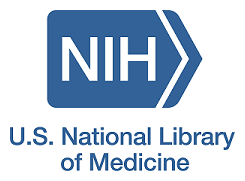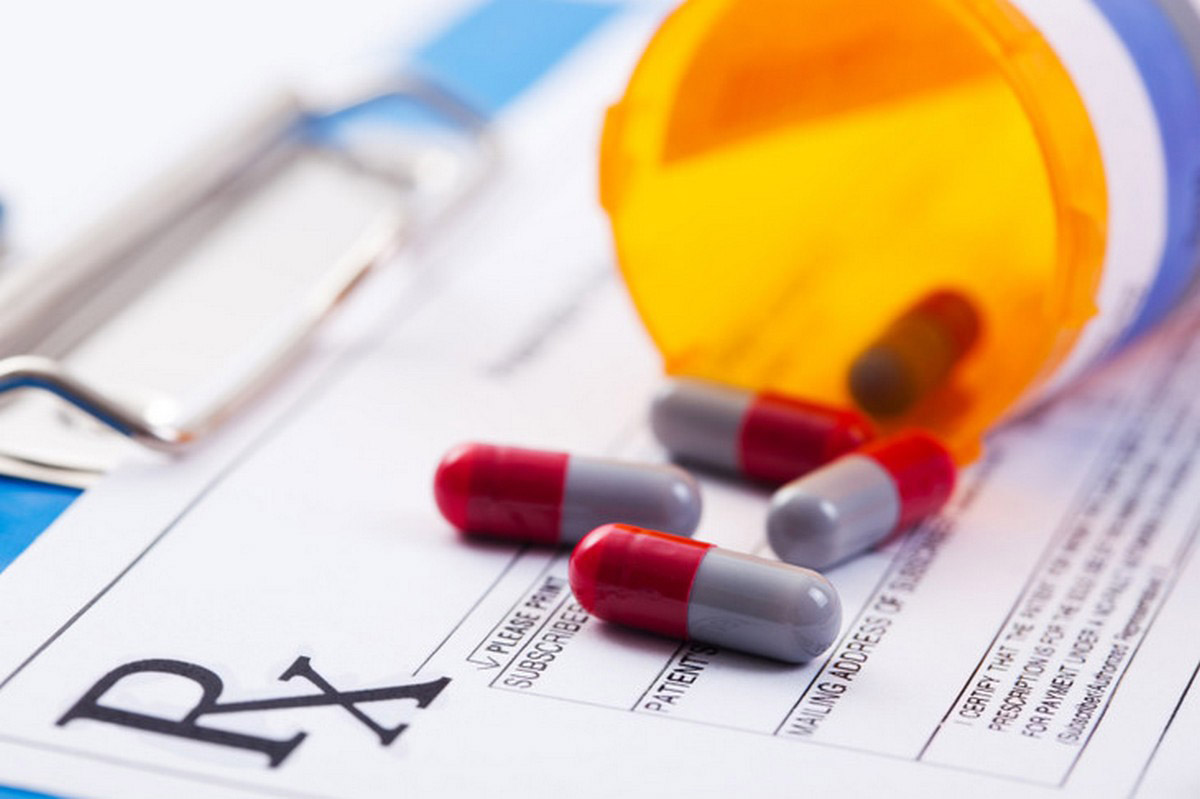

To Your Health: NLM update Transcript
Prescription to reduce drug costs: 10/11/2016

Image: Courtesy of the Centers for Disease Control
Greetings from the National Library of Medicine and MedlinePlus.gov
Regards to all our listeners!
I'm Rob Logan, Ph.D., senior staff, U.S. National Library of Medicine (NLM).
Here is what's new this week in To Your Health - a consumer health oriented podcast from NLM - that helps you use MedlinePlus to follow up on weekly topics.
Prescription drug prices in the U.S. are the highest in the world but they could be reduced through straightforward cost savings efforts, notes a thoughtful essay recently published in the Journal of the American Medical Association.
The essay's three authors report per capita spending on prescription drugs in 2013 within the U.S. was $858 compared to a $400 average in 19 other industrialized nations.
The authors, who are from Harvard Medical School, note 17 percent of all personal health care services in the U.S. currently are spent on prescription medications.
The authors write (and we quote): 'the most important factor that allows manufacturers to set high drug prices is market exclusivity, protected by monopoly rights awarded upon Food and Drug Administration approval and by patents' (end of quote).
While the authors counter generic medications can offset high U.S. prescription drug costs, they write (and we quote): 'but access to (generic drugs) may be delayed by numerous business and legal strategies' (end of quote).
To reduce drug costs and remedy the status quo, the authors suggest a series of short-term strategies.
These include:
- more stringent requirements for the award and extension of prescription drug exclusivity rights
- enhance competition by ensuring timely generic drug availability
- provide opportunities for meaningful price negotiation by government health insurance payers
- generate more evidence about the comparative cost-effectiveness of therapeutic alternatives
- educate patients, prescribers, health insurance payers, and policy makers about all the latter options.
The authors conclude while prescription drugs are the most common of all medical interventions and can benefit individual and public health, they add (and we quote): 'unnecessarily high prices limit the ability of patients and health care systems to benefit fully from these vital products' (end of quote).
Meanwhile, some strategies to reduce prescription drug costs (from the National Center for Health Statistics) are available within the 'statistics and research' section of MedlinePlus.gov's medicineshealth topic page. A handy patient handout about saving money on medicines is available within the 'patient handouts' section of MedlinePlus.gov's medicines health topic page.
Some questions and answers about generic drugs are available within the 'related issues' section of MedlinePlus.gov's medicines health topic page.
MedlinePlus.gov's medicines health topic page also provides links to the latest pertinent journal research articles, which are available in the 'journal articles' section. You can sign up to receive updates about prescription drugs as they become available on MedlinePlus.gov.
To find MedlinePlus.gov's medicines health topic page, please type 'drugs' in the search box on MedlinePlus.gov's home page, then, click on 'medicines (National Library of Medicine).' MedlinePlus.gov also has health topic pages devoted to: drug safety; drug reactions; over-the-counter medicines; and pain relievers.
In addition, MedlinePlus.gov contains a comprehensive guide about the safety and effectiveness of individual prescription medications (as well as vitamins and supplements). MedlinePlus.gov's guide provides information, such as how a medicine should be used, and why it is prescribed. You can access prescription drugs alphabetically via brand and other names. You can find the guide within the 'drugs and supplements' section, which is just below the logo on MedlinePlus.gov's home page.
Finally, the JAMA essay suggests a comprehensive way to respond to high drug prices following several highly publicized examples of soaring costs in the U.S. this year. Let's hope the article provides some traction to reduce overall drug prices in the U.S.
Before I go, this reminder... MedlinePlus.gov is authoritative. It's free. We do not accept advertising .... and it is written to help you.
To find MedlinePlus.gov, just type 'MedlinePlus.gov' in any web browser, such as Firefox, Safari, Chrome, or Explorer, on any platform.
We encourage you to use MedlinePlus and please recommend it to your friends. MedlinePlus is available in English and Spanish. Some medical information is available in 48 other languages.
Your comments about this or any of our podcasts are always welcome.
Please email the podcast staff anytime at: NLMDirector@nlm.nih.gov
A written transcript of recent podcasts is available by typing 'To your health' in the search box on MedlinePlus.gov's home page.
The National Library of Medicine is one of 27 institutes and centers within the National Institutes of Health. The National Institutes of Health is part of the U.S. Department of Health and Human Services.
A disclaimer — the information presented in this program should not replace the medical advice of your physician. You should not use this information to diagnose or treat any disease without first consulting with your physician or other health care provider.
It was nice to be with you. Please join us here next week and here's to your health!






















.png)











No hay comentarios:
Publicar un comentario